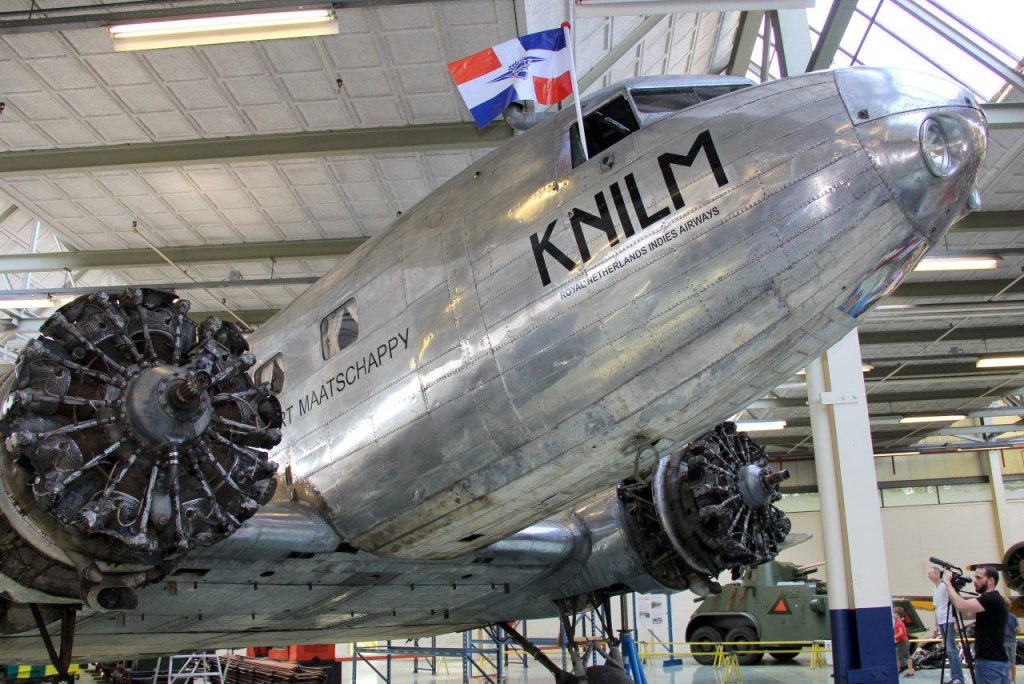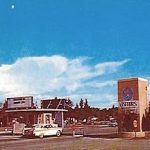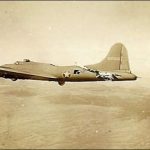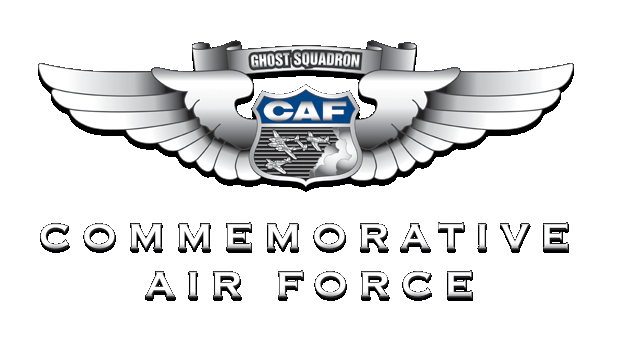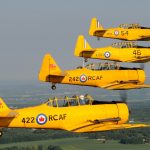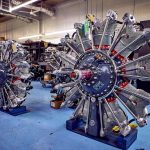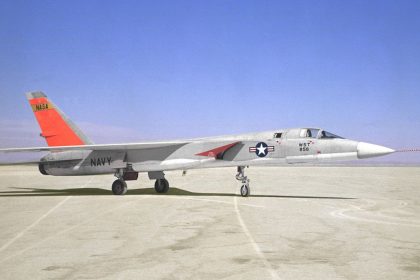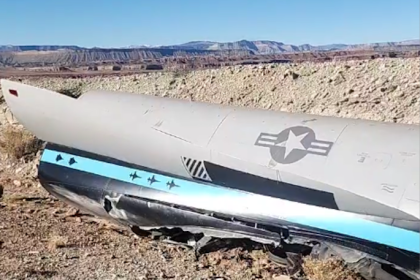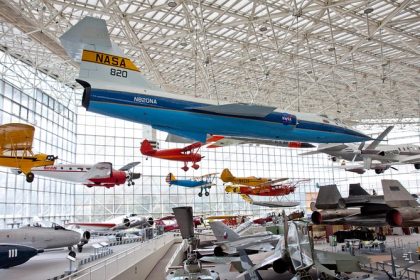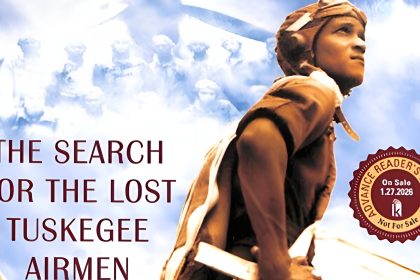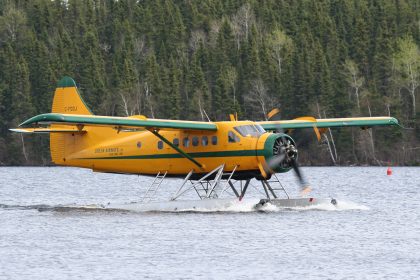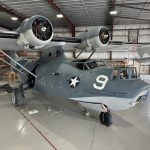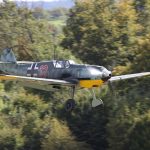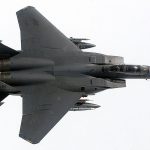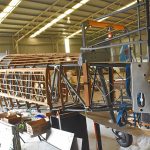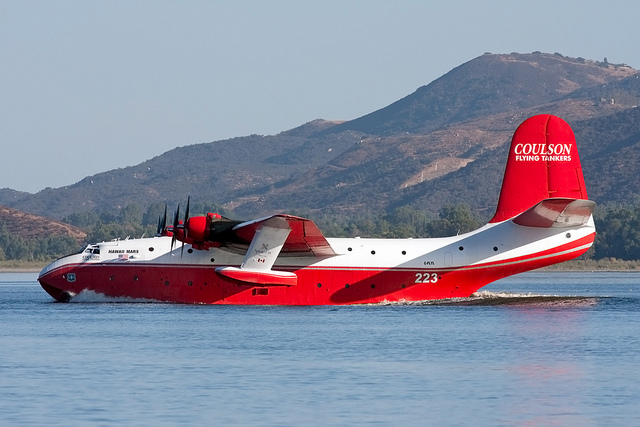
On this day in aviation history, July 1, 1933—92 years ago—the Douglas DC-1 took to the skies for the first time. While the DC-3 is widely celebrated as one of the most legendary airliners in aviation history, many may not realize it was the third in a series that began with this pioneering aircraft. The DC-1 marked the Douglas Aircraft Company’s first foray into commercial airliner design and laid the foundation for the iconic DC series.
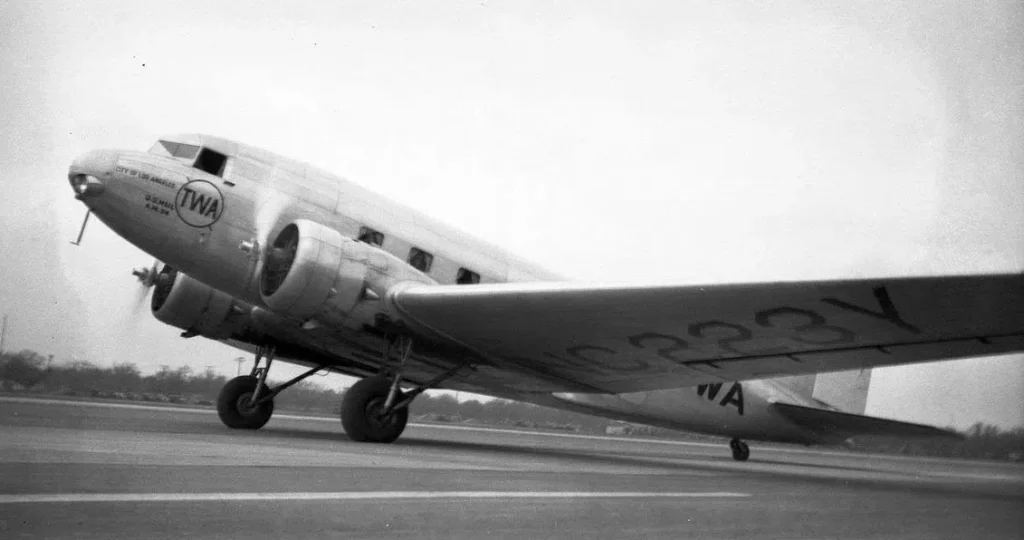
The prototype aircraft, designated Douglas DC-1 X223Y, made its maiden flight at Clover Field in Santa Monica, California. At exactly 12:36 p.m., pilots Carl Anson Cover and Fred Herman powered down the runway and gently lifted the aircraft into the air. The flight lasted just 12 minutes due to engine issues—specifically, both engines lost power during the climb. Post-flight inspection revealed that the carburetors had been installed backward, causing the floats to cut off fuel flow when climbing. Once corrected, the aircraft proved itself capable and reliable in sustained flight.
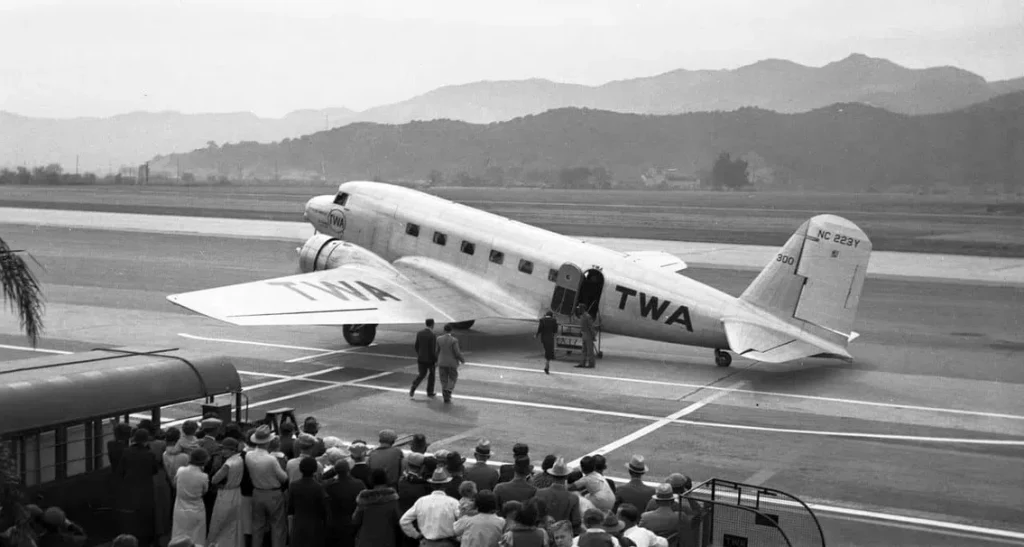
The DC-1 completed over 200 test flights, demonstrating superior performance compared to its contemporaries, including the Ford Tri-Motor. One of its standout achievements came on February 19, 1934, when it flew coast to coast across the United States in a then-record time of 13 hours and 5 minutes. TWA officially accepted the DC-1 on September 15, 1933. After modifications—including increased seating capacity for 14 passengers and more powerful engines—the airline placed an order for 20 additional aircraft. This production run became the Douglas DC-2, the next evolution of the design.

The DC-1 featured a two-person crew and originally seated 12 passengers. It was powered by a pair of Wright SGR-1820F3 Cyclone radial engines, each producing 690 horsepower. The aircraft could reach a top speed of 210 mph, cruised comfortably at 190 mph, and had a range of 1,000 miles with a service ceiling of 23,000 feet. The sole DC-1, X223Y, was eventually acquired by Iberia Airlines in July 1939. Sadly, its career ended on October 4, 1940, following a forced landing that damaged the aircraft beyond repair. Though the prototype no longer exists, its legacy endures. Eight DC-2s survive today , offering a tangible link to the aircraft that started it all. The DC-1 may have only flown once in terms of production, but its influence reverberated through decades of commercial aviation innovation.
